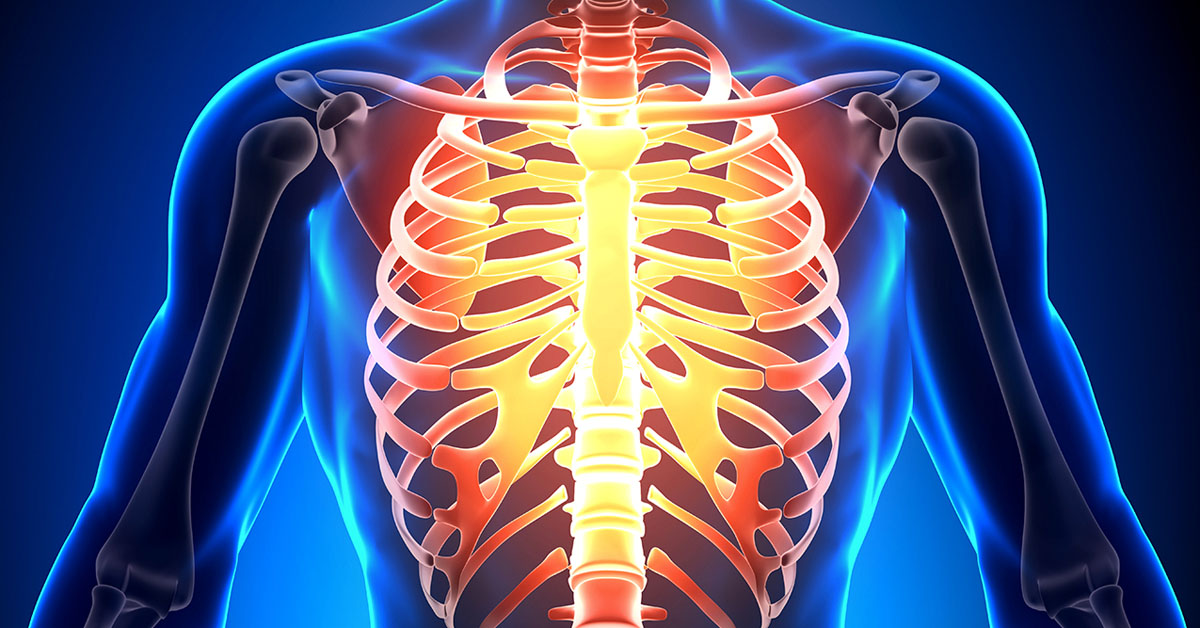
The thoracic cage is composed of ribs, the spine and the sternum. Within the thoracic cage are the lungs, with sufficient space around them to expand during breathing. In thoracic insufficiency syndrome, there is insufficient space for the lungs to expand and to grow, resulting in breathing problems over the long run. In this article, we shall talk about thoracic insufficiency syndrome in a little more detail.
What is Thoracic Insufficiency Syndrome?
Thoracic insufficiency syndrome is a condition where there is an inability of the thorax to support normal breathing and growth of lungs. In essence, there is insufficient space for the lungs to reach the full size and patients can, as a result, become rather breathless.
Normal respiration involves outward movement of the ribs, backward movement of the spine and forward movement of the breast bone. These movements create space for the lungs to expand. This is not possible if a person has thoracic insufficiency syndrome.
What Conditions Are Included in Thoracic insufficiency Syndrome?
Thoracic insufficiency syndrome can include congenital scoliosis (sideward bending of the spine from birth), fusion of ribs, missing ribs, abnormalities in the vertebral bones and early onset scoliosis. Hypoplastic ribs - a condition where the ribs are small and have failed to grow - can also cause thoracic insufficiency syndrome. A flail chest is also a recognized cause.
What Are the Symptoms?
The primary symptom is breathlessness. Lung expansion is restricted and only a limited amount of air can enter it due to this. As the child born with thoracis insufficiency syndrome grows, the shape of the chest is deformed. The severity of the condition can vary, and some children may need ventilation. Children may demonstrate a failure to thrive.
Diagnosis
Radiographic tests such as X-rays and CT scans can help reach a diagnosis. Lung function tests can help determine the state of the lungs. This can help determine what the best treatment options are for the patient.
Treatment
There are various treatment options for thoracic insufficiency syndrome depending on what the underlying defect is. Different strategies include brace application, staples and other devices that help stabilize the chest.
Specialist treatments include the placement of prosthetic titanium ribs in between the natural ribs. These can help keep the chest wall in an expanded state, allowing for movement of the lungs during respiration. The device is called a Vertical Expansion Prosthetic Titanium Rib (VEPTR) implant and has proven extremely useful.
Surgery is also an option. The procedure is complex and involves the placement of implants to make up for the deficits. Results are good.
Thoracic insufficiencies can be seen in a number of different conditions. Breathing difficulty is the primary symptom that needs treating. Options range from simple braces to complex surgeries.




